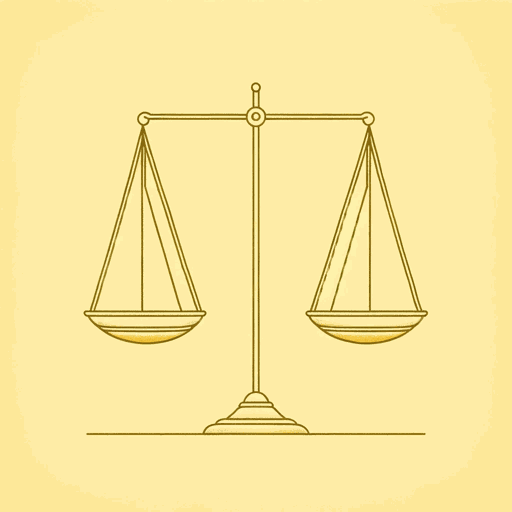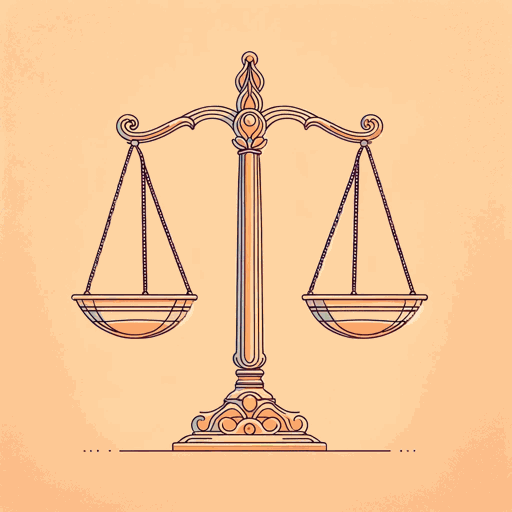49 pages • 1 hour read
Milton Friedman, Rose FriedmanFree To Choose
Nonfiction | Book | Adult | Published in 1980A modern alternative to SparkNotes and CliffsNotes, SuperSummary offers high-quality Study Guides with detailed chapter summaries and analysis of major themes, characters, and more.
Chapter 9-AppendicesChapter Summaries & Analyses
Chapter 9 Summary: “The Cure for Inflation”
Many things have been used for money, from shells to metals to paper. If more money is produced, it will take more of it to buy the same goods. This is called inflation: “Inflation is a disease, a dangerous and sometimes fatal disease, a disease that if not checked in time can destroy a society” (253).
In 1600s America, tobacco acts as money in some colonies, and growers learn how to produce so much that the value of each bale keeps declining. Fraud and abuse are rife. Finally notes are issued to represent warehoused bales. In Russia and Germany after World War I, hyper-inflation “prepared the ground for communism in the one country and nazism in the other” (253). Decades later, hyper-inflations in Brazil, Chile, and Argentina lead to military takeovers. Inflation can happen under communist or capitalist governments. It can happen in the US, where the money supply rises by about 9% per year between 1968 and 1978 and prices roughly double.
Unions and businesses often get the blame, but they can’t print the currency that pushes consumer prices upward. Only governments can do that. When OPEC reduces oil production, gas prices rise, “[b]ut that was a once-for-all effect” (263), whereas printing money, with its accompanying inflation, can continue indefinitely.


